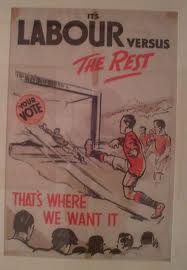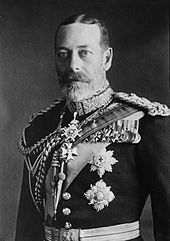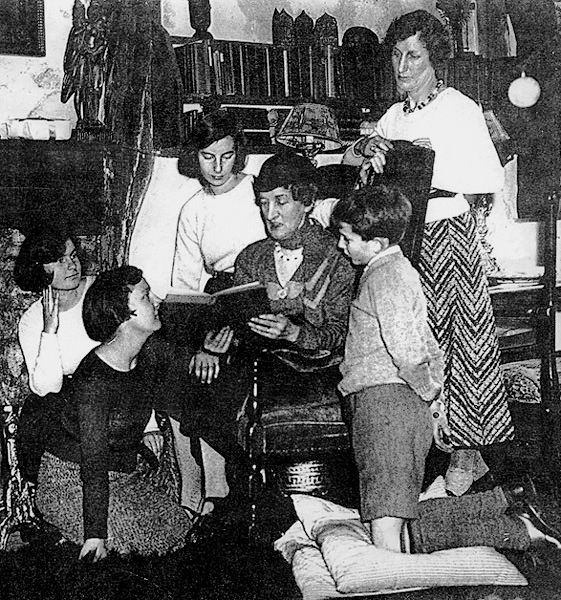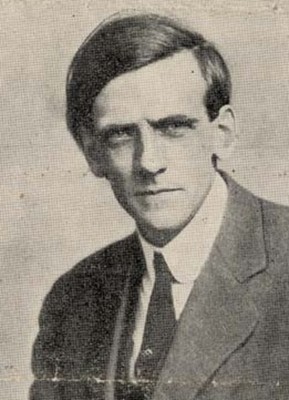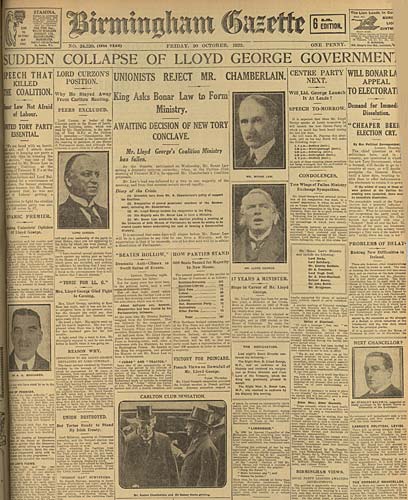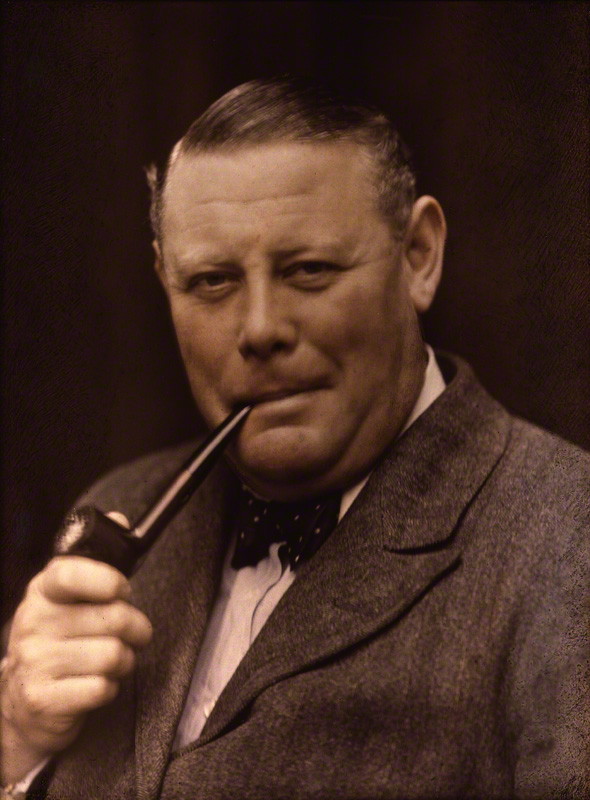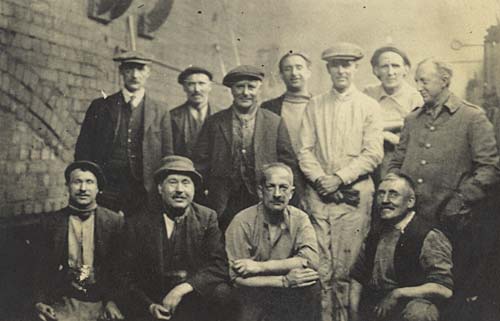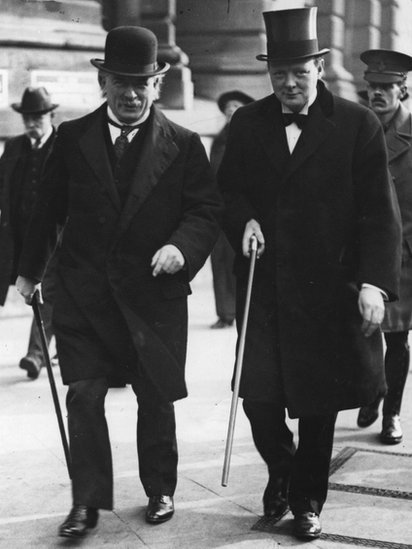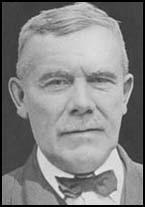by Pete Goddard and Atul Hatwal
It was October 8th 1924 and Ramsay Macdonald was in high spirits. He noted in his diary,
“So the chapter ends after a great day when at the close we stood higher in the House of Commons than ever…We had knocked them all over the ring and they were ashamed of themselves”
Or to put it another way, “Good news everybody – our government has fallen,”
Parliament had voted for an inquiry into whether Labour pressure had caused the prosecution of the communist Workers Weekly editor, John Campbell, to be dropped. Macdonald had taken this to be a motion of censure, chucked himself out of office and called a new election for the 29th October.
He needn’t have, but there had been an election in each of the previous 2 years, so there was a certain symmetry to it at least.
After a brief government characterised by caution and a gradual approach to social reform, Labour got its reward – accusations of communism and a campaign dominated by a virulent red scare.
The Times declared Labour’s commitment to establish a national network of electricity generating stations “a project dear to Lenin.” So think about that next time you’re boiling a kettle, you commie.
Conservative leaflets warned parents to be on their guard against “plausible men and women who invite their children to join Sunday school and clubs.” This was because such activities were, needless to say, a cover for children “to be baptised into the communistic faith.” Presumably the implausible men and women were absolutely fine.






